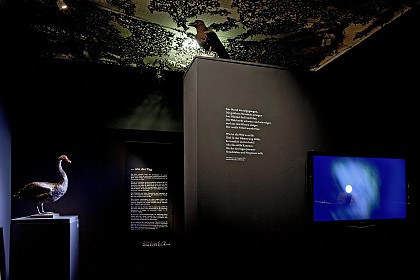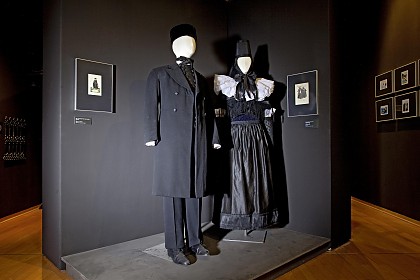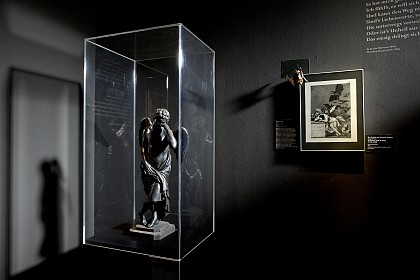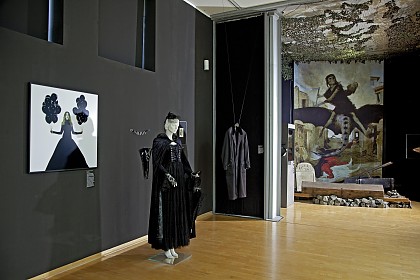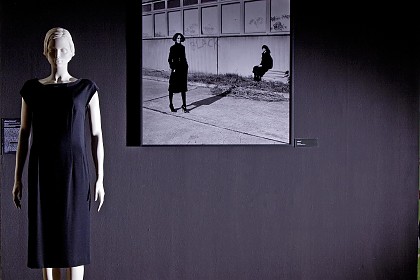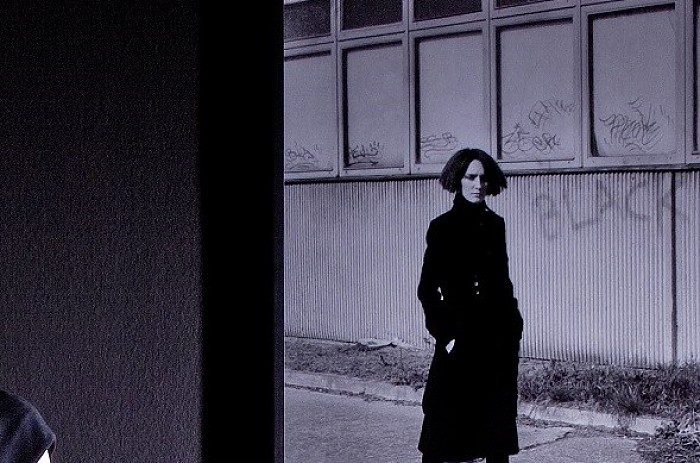

1. September 2012 – 27. January 2013
An exhibition of the Museum of Sepulchral Culture on the occasion of the museum’s 20th anniversary
Devoted to the color that has long been considered the color of death and mourning: Black.
The fact that black is not classified as a true color is completely lacking the fact that it is of immense cultural significance: Not only does it represent melancholy, grief or misfortune but also the elegant, radiant and powerful. It can thus act as an emphasis to both the negative and the positive.
Above all, black is – as in Christian culture – the classic color of death and mourning. Why this is the case and what connections there are between black and the "last things" is the theme of the anniversary exhibition on the occasion of the Museum for Sepulchral Culture`s 20th anniversary.
In eight sections, "black" was illuminated from a scientific, art- and cultural-historical as well as folkloristic perspective. Various representations from the Romantic period, on the other hand, convey the influence of colors on feeling and psyche, including the painting "The Night" (around 1834) by Johann Georg Primavesi and the graphic "Sleep gives birth to monsters" (1799) by Francesco de Goya, both of which are reproductions. The "Tafeln zur Farbenlehre" from Johann Wolfgang von Goethe's work "Zur Farbenlehre" (1810) belong in this context, as well. The repertoire also includes a peep-box installation that confronts the visitor with "black days" in history and at the same time lets him meet a "black swan" - black swans have more to do with "black days" than one might first suspect! Paintings by documenta artists Pierre Soulages and Arnulf Rainer are artistic examples of the examination of the color black in contemporary art. Various "black" artifacts of the Christian custom of the dead from the museum's collection are naturally part of the exhibition spectrum. Many customs reflect the multi-layered, mostly "tragic" symbolism of the color black, which was firmly anchored in the popular belief of earlier centuries and paved the way for black as a color of death and mourning.
This is inevitably followed by the consideration of the so-called "black death", a synonym for the many black plague epidemics of past centuries. The "Black Death" is represented, among other things, by the Schaafheim plague coffin (around 1620), the Leonberg plague memorial stone (1635) and an oversized reproduction of the well-known painting "The Plague" (1898) by Arnold Böcklin.
After a foray into the world of "black humor" with works by Thomas Rowlandson, Robert Gernhardt, Lilli Bravo and Oliver Ottitsch, the anniversary exhibition concludes with a discourse on the current status of this color of death and mourning.
Accompanying program
The exhibition was accompanied by an extensive accompanying program, including lectures, dinner-in-the-dark events, film screenings occupied with "black humor" and a black light theater workshop for children.
Arbeitsgemeinschaft Friedhof und Denkmal e.V.
Zentralinstitut für Sepulkralkultur
Museum für Sepulkralkultur
Weinbergstraße 25–27
D-34117 Kassel | Germany
Tel. +49 (0)561 918 93-0
info@sepulkralmuseum.de



